Palmetto Bluff Real Estate Company Sales Office
Office Hours
Monday-Friday 9am - 5pm
Saturday 9am - 4pm
Sunday 12 - 4pm
Saturday 9am - 4pm
Sunday 12 - 4pm
Good research is all about thinking outside the box: coming up with novel ways to find answers for difficult questions. But a one research program at the Bluff has the Palmetto Bluff Conservancy thinking outside the box — by thinking inside the box.
The Cavity Nest Box Program is an ongoing research project that began in December of 2013 to better understand cavity-dwelling animals in the Lowcountry. Cavity dwellers rely on natural holes in trees, in which they raise young, sleep, or feed with little threat from predators on the outside. These holes may develop naturally in healthy hardwood trees or in dead or dying trees of any species, or they may be excavated by woodpeckers, which prefer trees with soft or rotting wood. In many cases, more than one cavity can be found in a given tree.
Climbing trees to look inside natural cavities poses a large variety of obvious safety and time concerns, so the Conservancy needed a more controlled way to study cavity-nesting wildlife. The solution: artificial nest boxes, mounted on mature trees. Each box is two feet tall, with a ten inch square floor, and a hole 3.25 inches in diameter. A roof keeps out rain, and a door on the side allows researchers to check on the occupants (or clean out old nests at the end of summer). The boxes are constructed from cedar wood, as it weathers much more slowly than other raw woods.
In order to study different ecological settings, we placed five boxes in four different habitat types: mixed pine/hardwood uplands, hardwood bottomland, pine flatwoods, and evergreen wetlands. Each of these habitats is characterized by unique flora and fauna, providing a diverse array of potential occupants for the cavity boxes that would provide a variety of data for our research.
After the initial work of scouting locations and hanging boxes in January of 2014, four long months passed before tenants began moving into this prime real estate. But then suddenly, in May, nests made of pine straw appeared in six separate boxes. The pine straw, however, held no clues as to who had left it there. Was it a bird? A mammal?
Two weeks later, we found some evidence of the builder. On top of each nest were large feathers from Wild Turkeys, Red-tailed Hawks, and Barred and Great Horned Owls — all species that couldn’t possibly fit through the hole of the box. Along with the feathers were assortments of snake skins nestled in the pine straw. Beneath all of this, in the center of each nest, was a depression the size of a golf ball, in which we found five or six beautiful eggs, patterned in crimson and yellow. After discovering the eggs, we hurried back to the office to do some research. A little digging produced an interesting answer: the nest and the eggs were from none other than the Great Crested Flycatcher (Myiarchus crinitus).
Great Crested Flycatchers are robin-sized birds with brownish-gray wings and body and a lemon-yellow belly. They are found at Palmetto Bluff only in the summer during which they hunt insects in the treetops. Ever the travelers, they spend their winters in Cuba and the Yucatan Peninsula. Though no one knows precisely why they incorporate raptor feathers and snake skins into their nests, it is believed that it may serve as a deterrent to predators that may endanger their eggs and chicks. Interestingly, after the chicks have grown to maturity and fledged the nest, the raptor feathers and skins are removed from the box. They are not simply discarded, however — if that were the case, they would be found at the base of the tree on which the box hangs. In the 2016 nesting season, which lasted from May to July, we marked the raptor feathers found in Great Crested Flycatcher nests with permanent marker. If these same feathers are found in the boxes in 2017, it will indicate that the flycatchers store the feathers in a safe place until they can be used the following year — which would be an amazing feat, considering these birds would have to remember their hiding place at Palmetto Bluff during the six months they spend hundreds of miles to the south.
After the first wave of Great Crested Flycatchers, two species of mammals began nesting in the boxes: the southern flying squirrel (Glaucomys volans) and the eastern gray squirrel (Sciurus carolinensis). On Palmetto Bluff, flying squirrels almost exclusively use Spanish moss as nesting material. Gray squirrels also use Spanish moss, but they will add in clippings from tree limbs or shrubs for stability. Both types of squirrel are inquisitive and highly aloof mammals. We have noted on several occasions that a squirrel might have a full litter of pups in the box, but upon interaction with human researchers, it will pack up the whole clan and move to another nesting site (never to be seen again). The mother accomplishes this by carrying one pup at a time in her mouth to the new location.
On the rare occasion that the squirrels do not flee after being disturbed, we are given a unique opportunity to gather information. Though we still have much to learn about them, there is one discovery that can be presented with absolute certainty: opening a box-o-squirrels while standing on a ten foot ladder is ill advised! On one occasion, I opened a box and the mother gray squirrel exploded out of the leafy nest and made a mad dash for the top of the tree. That alone was enough to raise my adrenaline levels. Upon further inspection of the box, I discovered that four pink, hairless baby squirrels were neatly arranged in the pillow-soft nest. I finally mustered up enough grit to pick up and examine one of the baby squirrels. The squirrel pup began to squeal softly, and when the mother heard this, she charged back down the trunk of the tree, sternly barking and growling as she came. Humans generally have nothing to fear from squirrels — but when a human is precariously balanced on a 10-foot ladder, delicately handling an infant squirrel, the playing field is much more level. Fortunately, both the squirrel and I made it out unscathed. Opening a box of nearly-grown squirrel pups is even more startling; it is no wonder that a group of squirrel pups is called a “scurry.” Squirrels, flying and gray, have up to four pups per scurry.
This December is a significant milestone in the cavity nest box research on Palmetto Bluff. It is an anniversary for two important events: the birth of the project, and the first appearance of an Eastern Screech Owl in our boxes. Eastern Screech Owls (Megascops asio) are the smallest owl species found on Palmetto Bluff, standing only five to nine inches tall. They can be gray or rusty red in color. Like other owls, screech owls are silent, effective hunters. Territorial disputes for cavities and mates begin in December and last until nesting season in the spring. Once the eggs have hatched, the female stays with the chicks and the male brings in the groceries with impressive effectiveness. Together, they can raise up to four chicks per clutch. By early summer, the young owls leave the nest.%GALLERY%In the Conservancy’s first encounter with Eastern Screech Owls in December of 2014, a former Conservancy intern and I were making a slow approach on a box in the mixed pine/hardwood uplands. As we drew nearer, we noticed a gorgeous gray screech owl perched on the hole of the box. The owl remained there as we climbed out of the truck. For several minutes the three of us looked back and forth at one another. It was clear that no one, human or owl, was sure what the next move should be. Eventually the standoff was broken when the owl dropped back into the box in a fluid, silent motion. Not wanting to scare the owl away, we decided to move on to the next box and let the owl have his or her space.
We made it about a mile before deciding that we couldn’t go on with our day without at least one peak inside the box. I climbed the ladder, opened the door slightly, and cautiously peeked into the narrow opening, and there it was: an adult screech owl sat erect, feathers puffed out in an attempt to appear larger. The owl’s eyes locked with mine with laser precision. All around it on the floor of the box were tree frogs, small birds, lizards, and mice. The owl, presumably male, had them all laid out like a buffet line — common practice for bachelors attempting to impress a potential mate. He clacked his beak together aggressively, producing a sound like a finger snap. My heart was still pounding from the squirrel attack earlier that day, and I decided it was wisest to close the box and move along.
Since that December, we have become much more familiar with screech owls and their habits. We’ve found that owls will only utilize a box after another animal has built a nest (owls, in general, prefer to take over nests built by others). On Palmetto Bluff, we’ve discovered that red is the dominant color phase in the pine flatwoods and that gray phase screech owls are predominant in the mixed pine/hardwood uplands. Surprisingly, of all the creatures residing in the boxes, the screech owl is the most docile when it comes to interactions with humans. The owls almost always retreat to a corner of the box, close their eyes, and rely upon their camouflage. If there are chicks in the box, the mother will gather them up as tightly as she can and cover them with her wings. The chicks, lacking camouflage and uneducated in the ways of the world, can’t resist lifting their heads and peering at the observer with noticeable curiosity. We have several more research projects in the works to better understand these creatures.
Wood Ducks (Aix sponsa) are another common resident in our nest boxes. Wood Ducks are some of the only waterfowl found on Palmetto Bluff year-round. The drake, or male Wood Duck, of the species is one of the most vibrantly colored ducks anywhere, with iridescent green on its head and a bright red bill. Typically, Wood Ducks prefer evergreen wetlands, which provide fresh water, acorns for sustenance, and an abundance of cavity-producing hardwood trees. The female wood duck lays nine to 15 eggs, which she incubates for about a month. After the female has laid her eggs, she will pluck downy feathers from her belly and chest and cover the eggs for an added layer of insulation. This allows her to leave the cavity and feed freely. When the chicks hatch, the mother leaves the nest, lands on the ground or water beneath it, and calls for her young. The babies hop to the opening of the cavity, pause for a moment, and launch themselves fearlessly into the air — regardless of height. Fortunately, their fluffy feathers prevent them from falling too fast, and they land unscathed, where they are reunited with their mother. After that, the family of ducks never returns to the nest.
Each month, Conservancy members set out on an all-day excursion to check box contents, make repairs if necessary, and record changes within each box. More active boxes are checked every two weeks. Each time we climb up to one of the boxes, open the door, and peer inside, we learn something new about the wild inhabitants of Palmetto Bluff. Each time we spot a Great-crested Flycatcher, Eastern Screech Owl or Wood Duck we can’t help wondering if it is one of the dozens born and raised in our cavity boxes. (And I can’t help wondering, every time a squirrel chatters angrily at me, if it has heard stories of a Conservancy team member who once cradled a hairless pink squirrel pup in his hand.)
Photography by Rob Kaufman
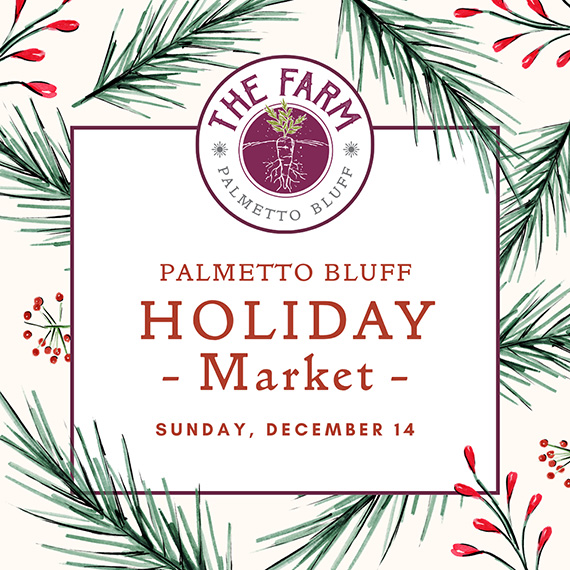
Sunday, December 14 | 9am to 1pmVillage GreenThe season’s most festive farmers market, the Holiday Farmers Market, comes to Wilson Village on Sunday, December 14, from 9am to 1pm. All are welcome to visit and experience the magic of holidays at the Bluff. The ...
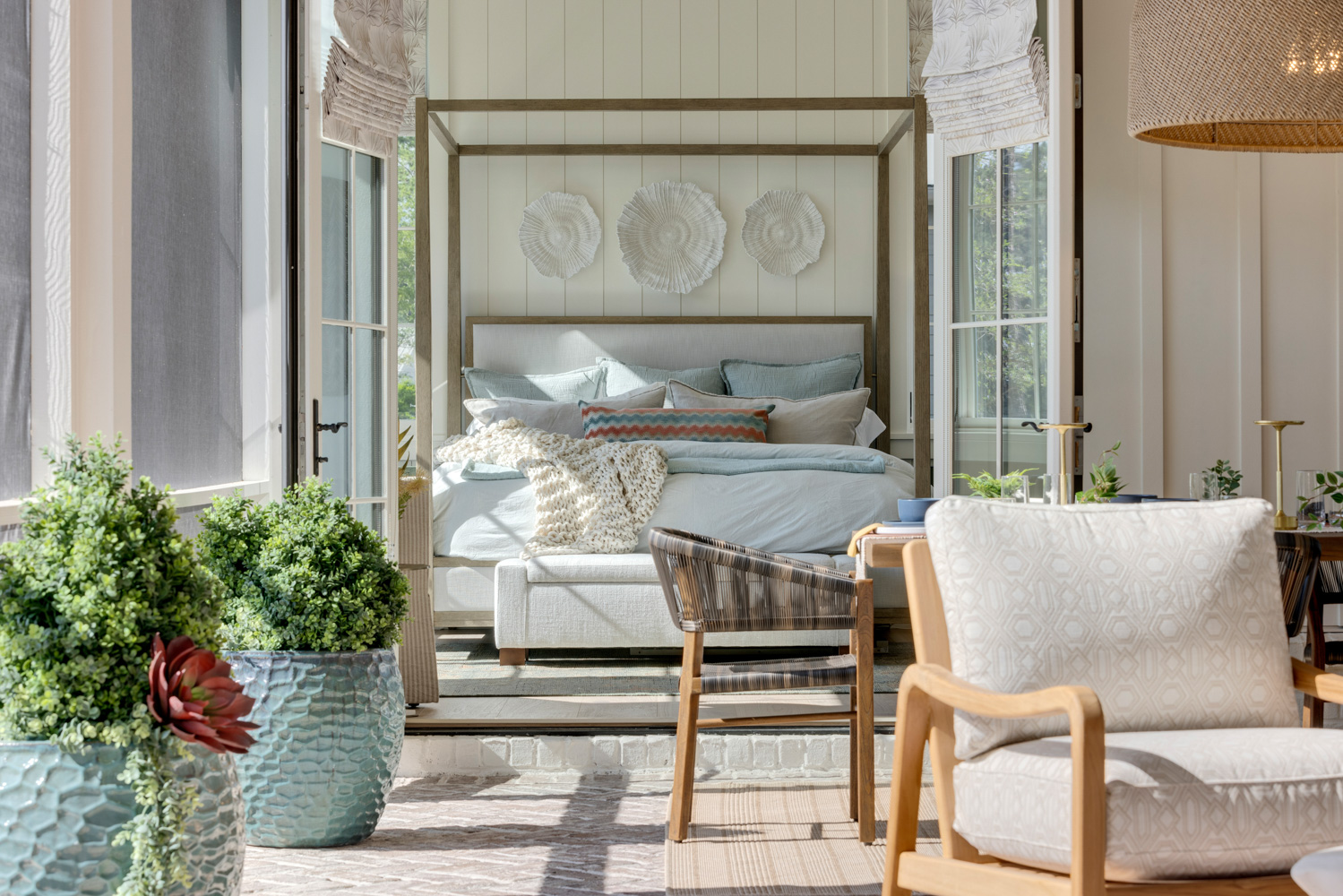
Tucked amid whispering pines and overlooking a tranquil water trail, 11 Lyonia Street is where Lowcountry charm meets modern artistry. The newly built residence redefines Southern living with a balance of craftsmanship and calm. This is a home that feels both ...
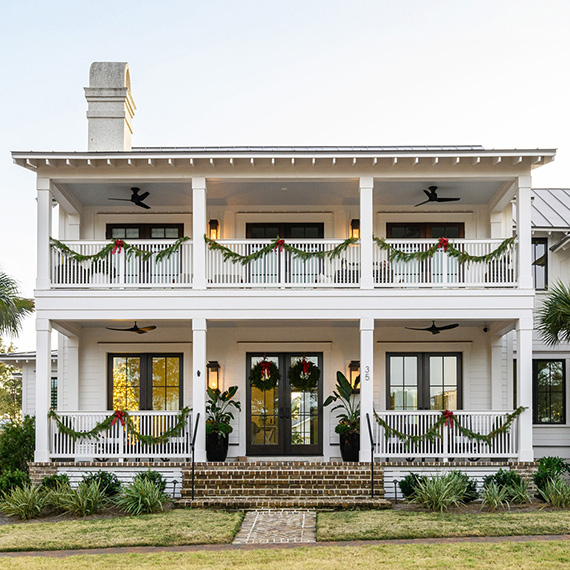
The holiday season in the Lowcountry brings crisp air, oaks draped in twinkling lights, and laughter drifting from homes where families and friends gather once again. At Palmetto Bluff, the holidays are more than just a season; they’re a feeling of togethernes...
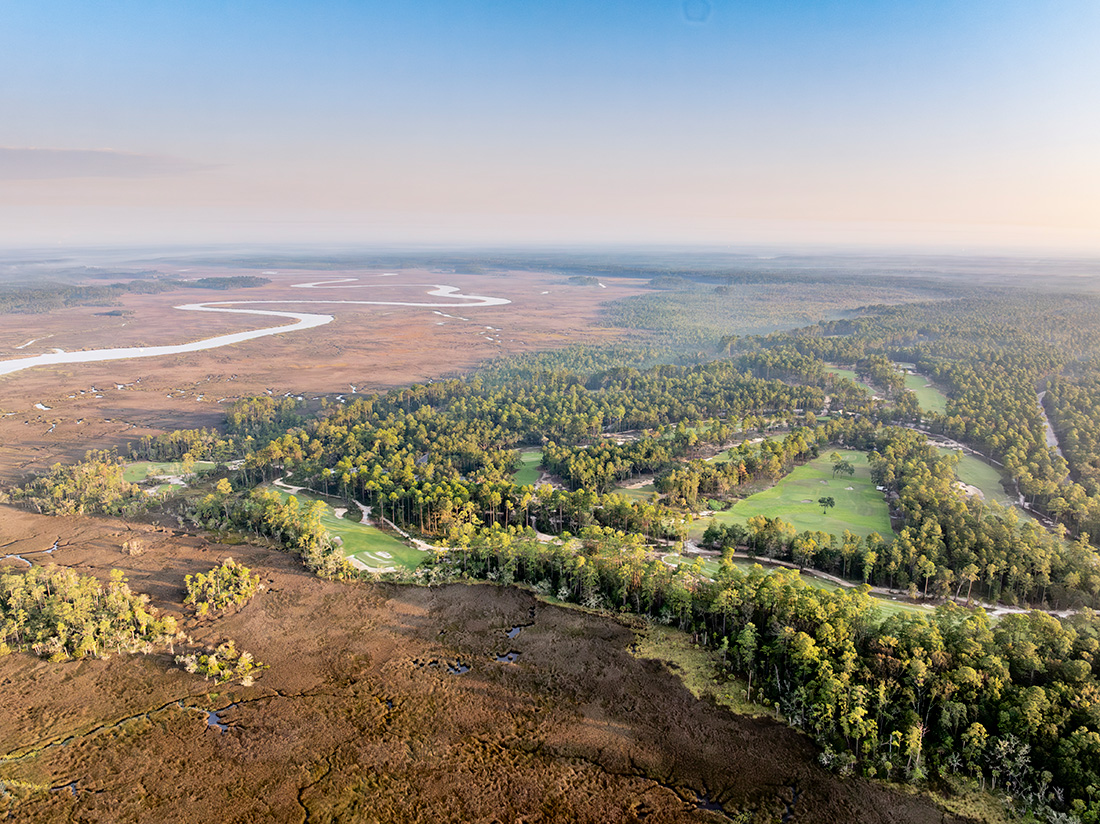
https://vimeo.com/1071784239?share=copy&fl=sv&fe=ci We are excited to unveil the official brand identity for Palmetto Bluff’s newest chapter in golf, Anson Point. Designed by golf icons Bill Coore and Ben Crenshaw and set within more than 500 acre...
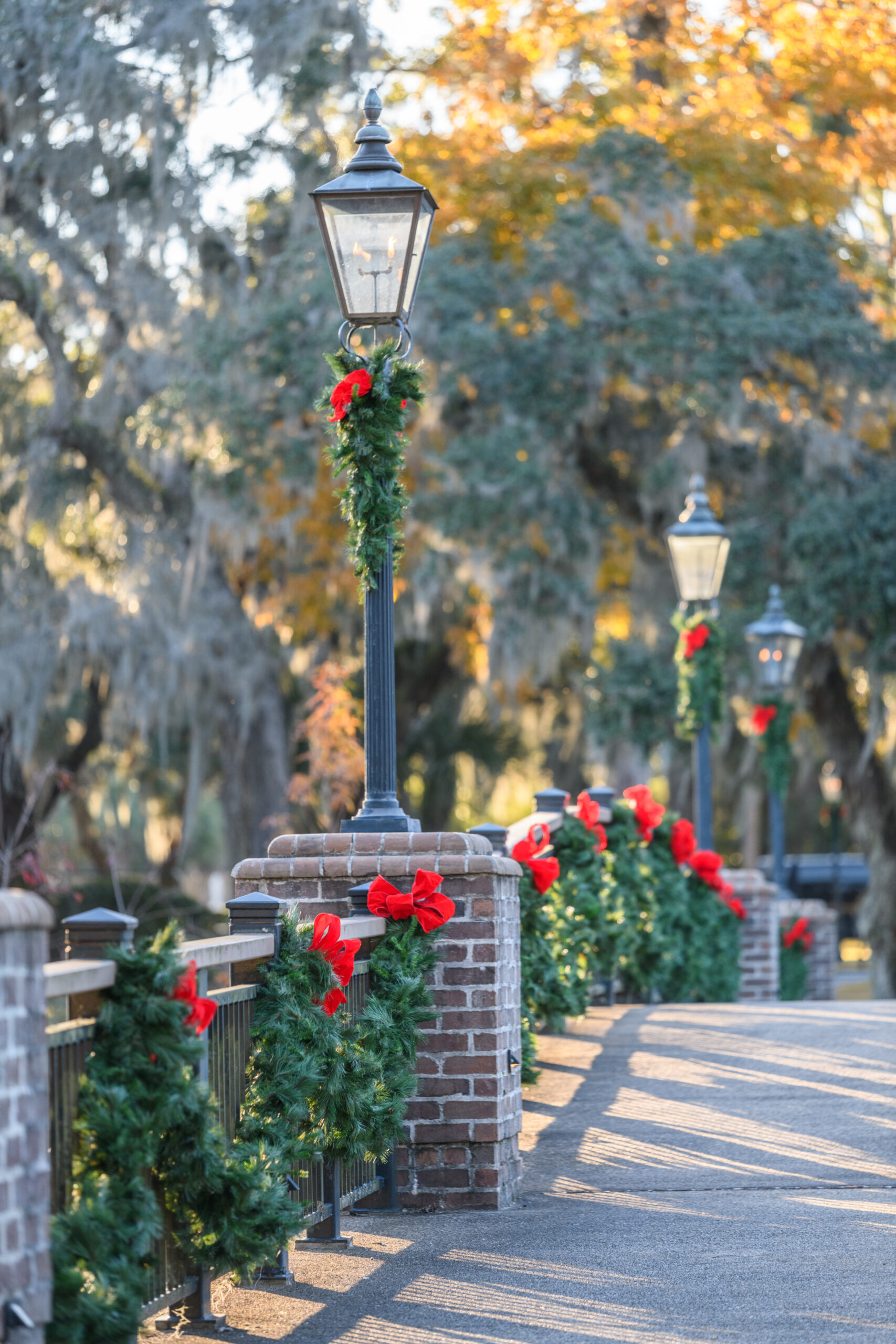
Must-Do 2025 Holiday Events in the Lowcountry There’s no better way to embrace the magic of the holidays than spending them in the heart of the Lowcountry. With its sparkling waterways, moss-draped oaks, and warm coastal charm, Palmetto Bluff transforms into ...

Rebecca’s Journey to Palmetto Bluff For Rebecca McCorkendale, life on the water isn’t just a career—it’s a calling that runs through generations. Growing up on Hog Island, nestled between Hilton Head and Bluffton, Rebecca was raised with salt air in her lungs...
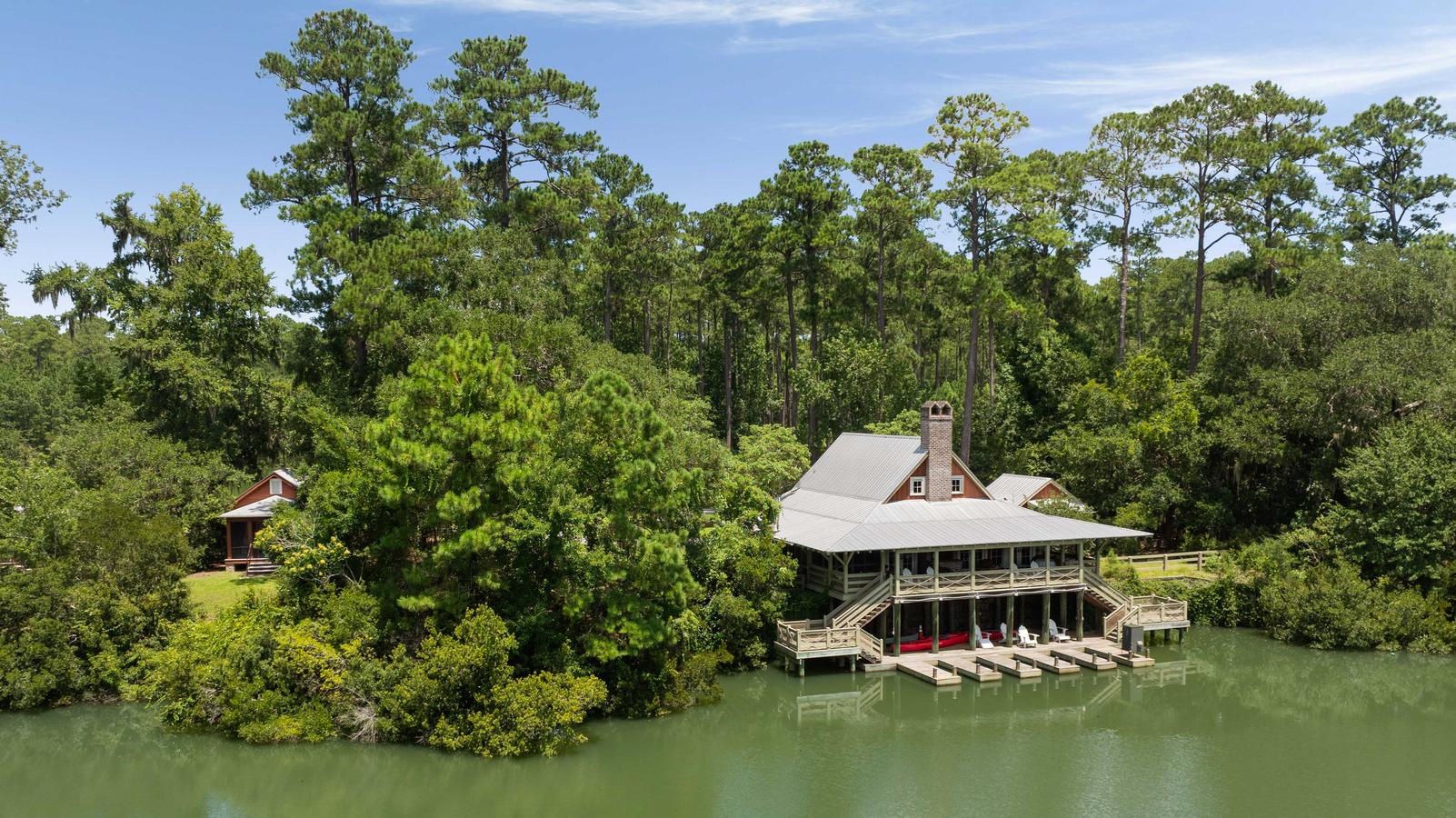
Headwaters Community in Palmetto Bluff Tucked deep within Palmetto Bluff’s untouched maritime forest, Headwaters stands apart as the community’s most private and pristine enclave. With just ten family compounds spread across more than 600 acres of scenic mars...
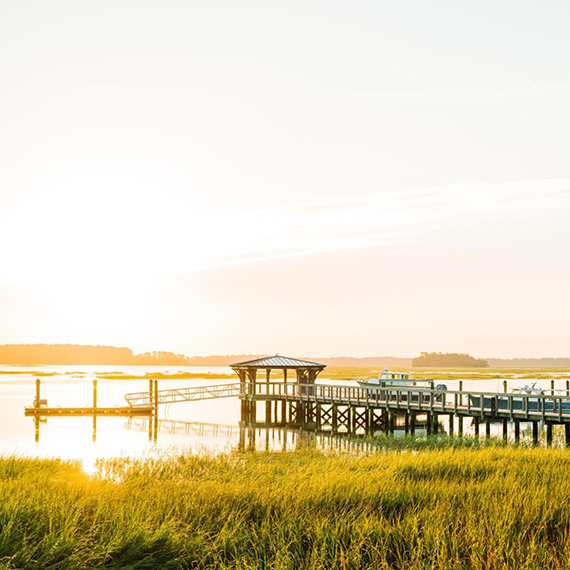
The golden glow of the marshes, the crisp air, and the sense of calm after a busy summer season all make this time of year unforgettable. Whether you’re enjoying the Bluff or exploring the wider coastal region, here are five reasons why fall is when the Lowcou...

David's Journey to Palmetto BluffBorn and raised in Lewisburg, West Virginia, David Johnson’s career path began with a moment of chance. While studying Finance and Economics at Marshall University, he walked into the Greenbrier Sporting Club’s real estate offi...
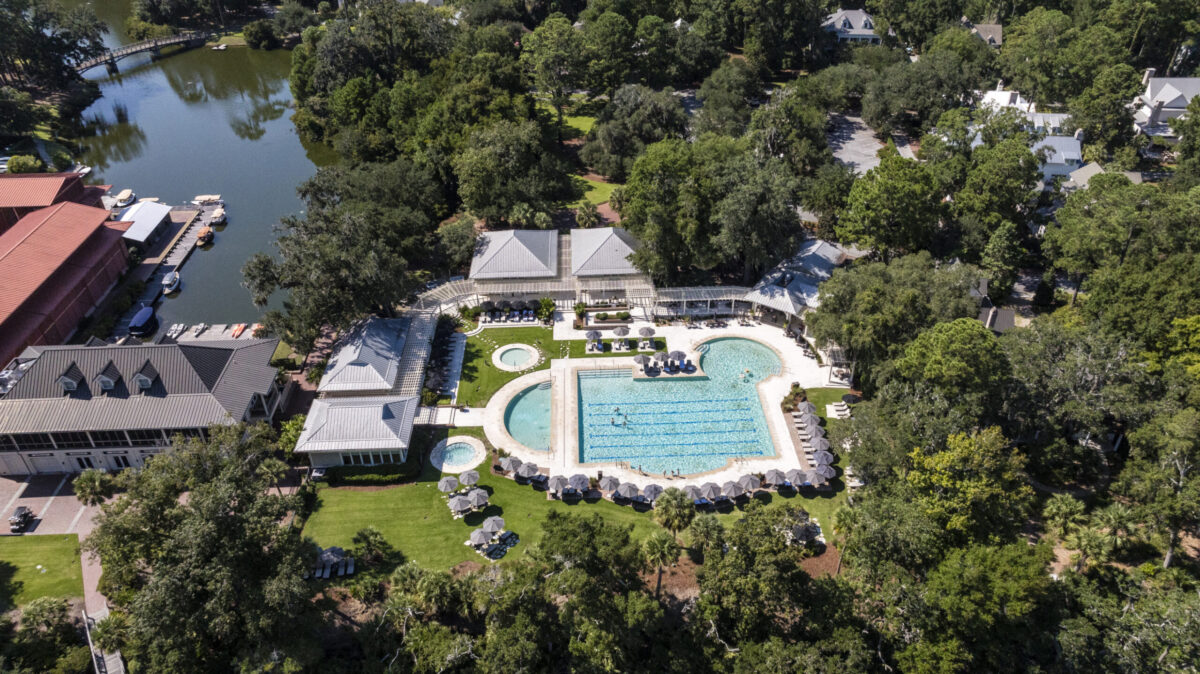
Palmetto Bluff Club: Finding Your Perfect Fit Tucked into the heart of the Lowcountry, Palmetto Bluff is a place where life unfolds at its finest pace—unhurried, connected, and deeply rooted in community. Membership here goes beyond access to world-class...
Learn about the Palmetto Bluff Conservancy and how we keep the vision of our land in place.
On land or water, there is an ever-evolving variety of activities.
We do not attempt to independently verify the currency, completeness, accuracy or authenticity of the data contained herein. All area measurements and calculations are approximate and should be independently verified. Data may be subject to transcription and transmission errors. Accordingly, the data is provided on an “as is” “as available” basis only and may not reflect all real estate activity in the market”. © [2023] REsides, Inc. All rights reserved. Certain information contained herein is derived from information, which is the licensed property of, and copyrighted by, REsides, Inc.